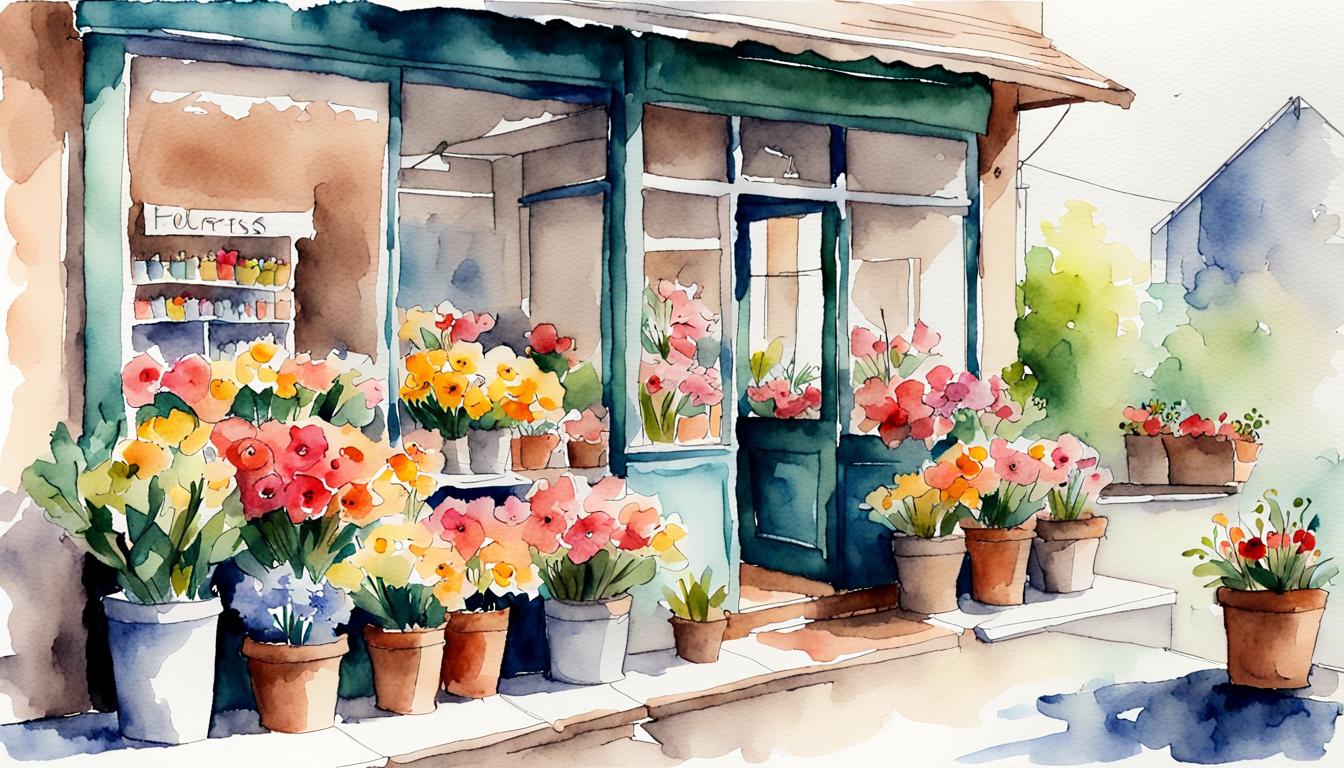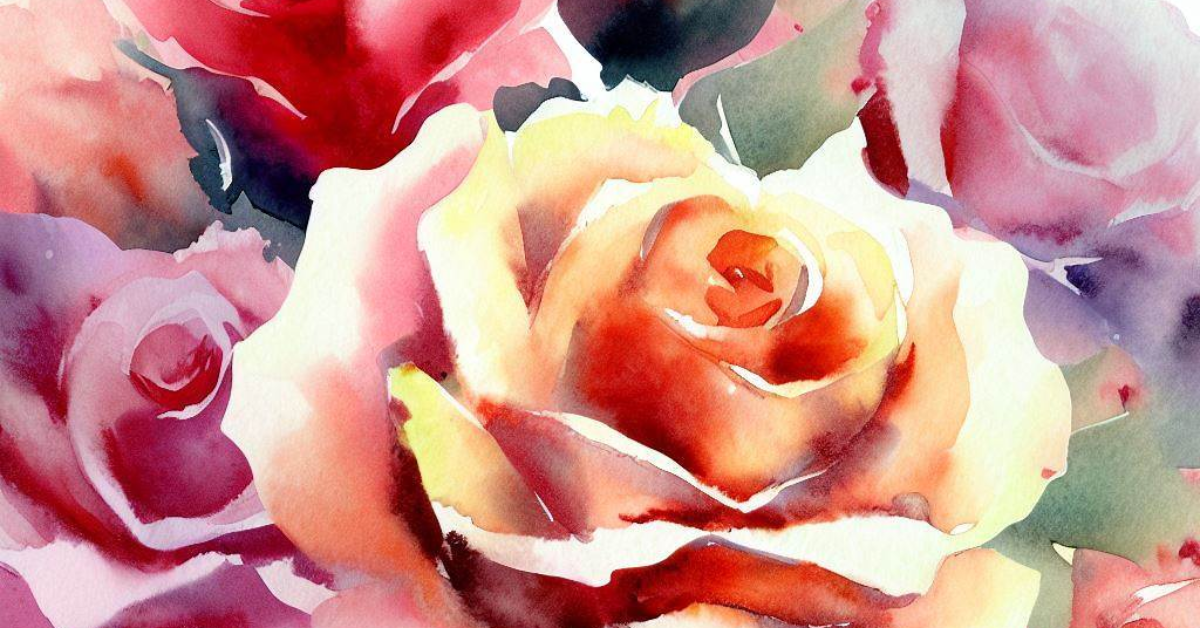Whether you’re new to watercolors or looking for a fun hobby, painting plants is a great way to start exploring this beautiful medium. Watercolor lends itself well to capturing the delicate details and varied textures found in nature. In this watercolor plants for beginners guide, we’ll cover basic watercolor techniques for rendering leaves, stems, and blooms.
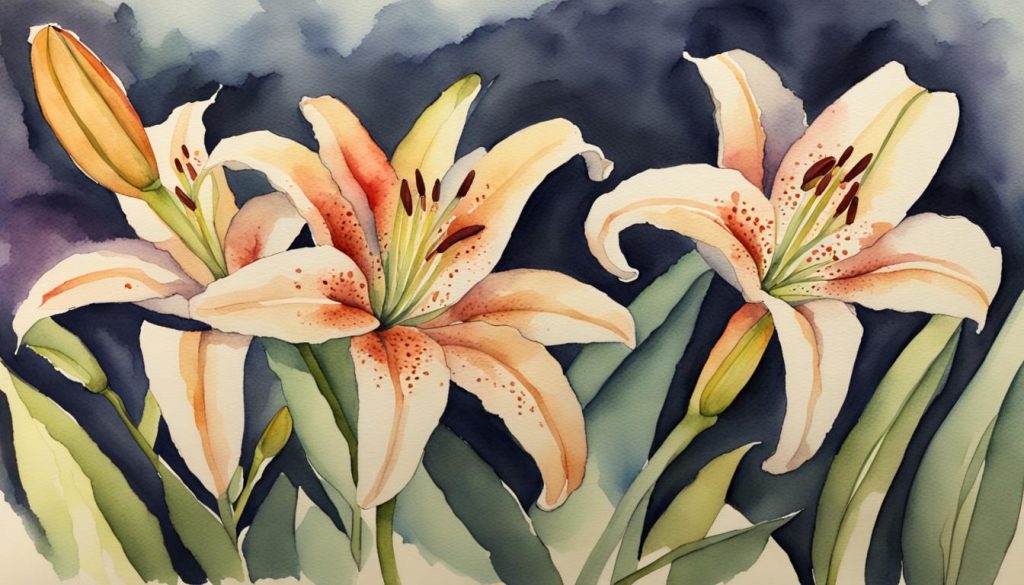
Getting Prepared: Gathering Your Watercolor Supplies
To get started with watercolor plants, you’ll need a few basic materials:
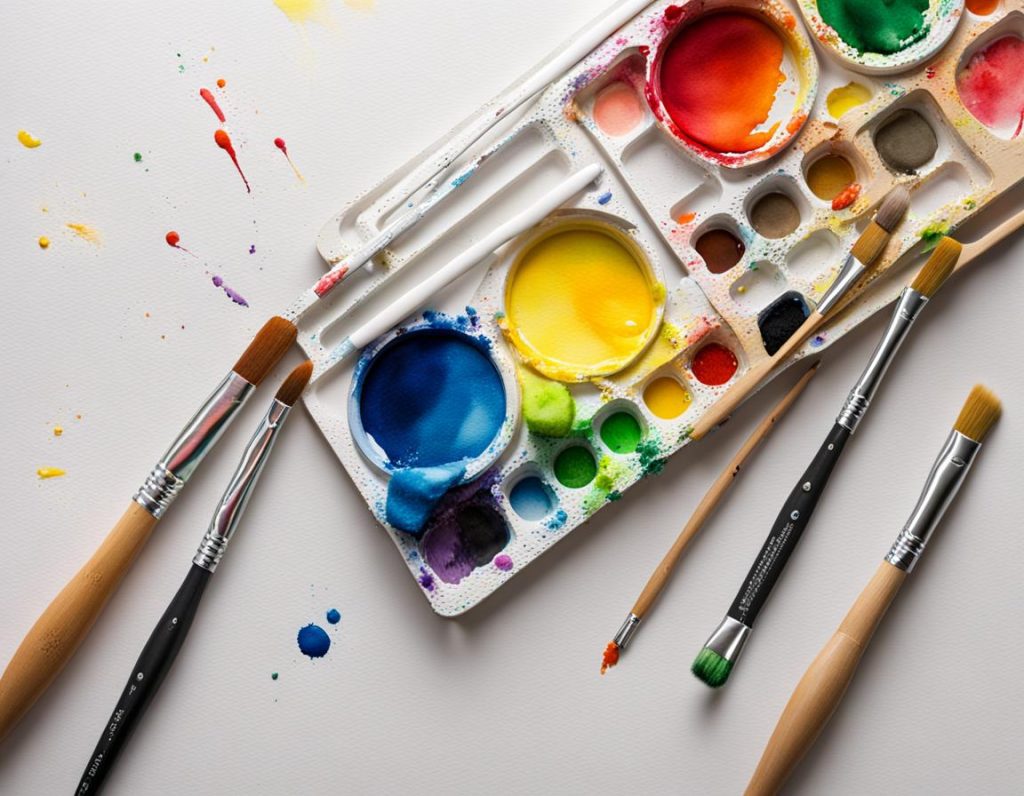
- Watercolors – a starter set with a good selection of basic colors like yellow, blue, red, green will suffice. Look for student-grade or artist-grade paints.
- Brushes – at minimum, you’ll want a flat brush for washes and detail work plus a round brush for blending colors. Sizes #6-#10 are versatile.
- Paper – hot pressed or NOT paper works well. 140lb or higher is recommended for beginners. Avoid rough paper which is harder to control.
- Container for water
With just these supplies, you’ll be ready to experiment with our keyword “watercolor plants”! Let’s dive in.
Blocking In Leaves and Stems with Wash Techniques
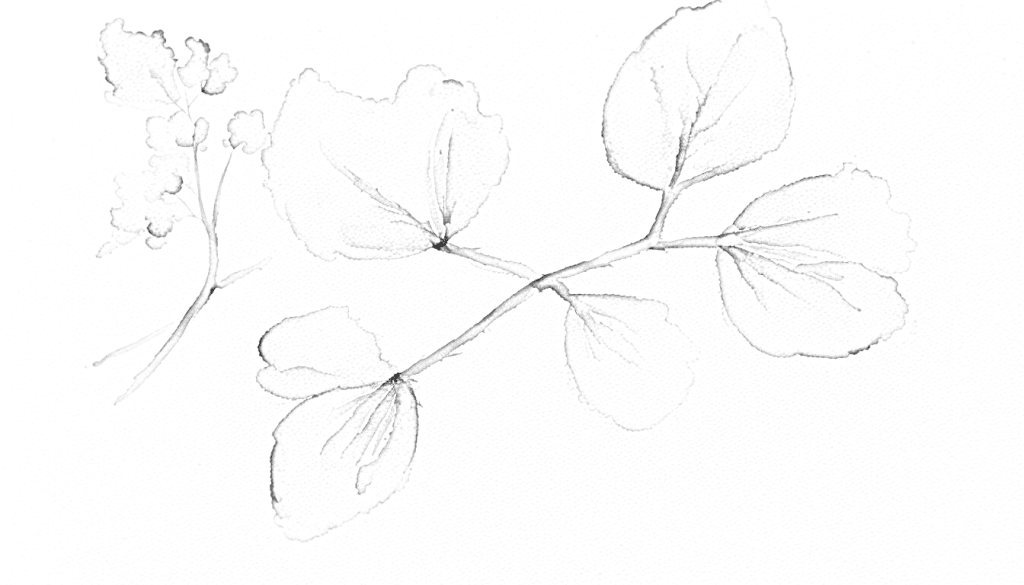
One of the easiest watercolor techniques for rendering the shapes found in watercolor plants is the wash method. To start, lightly sketch the basic outlines of leaves and stems onto your paper. Load up your brush with lots of clean water and a muted green or yellow color.
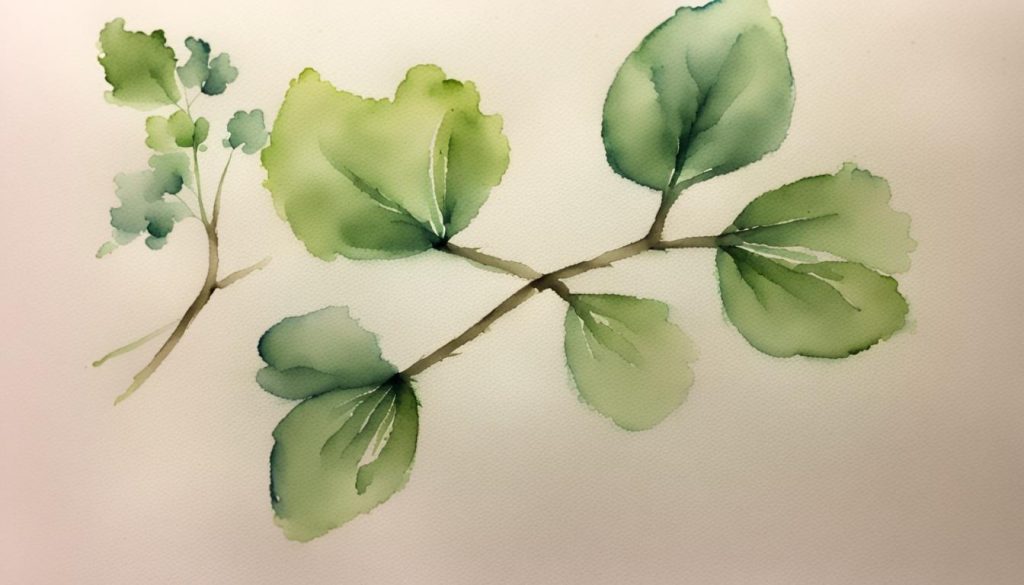
Starting from the top of the plant and working downwards, apply the wash color gently from the lightest areas outwards, allowing the pigment to disperse naturally. For small leaves, simply paint the entire shape. For larger leaves, focus the color in the center and let it blend towards the edges. Repeat with additional washes until the desired depth and texture is achieved.
Adding Details and Dimension with Layering
To bring your watercolor plants painting to the next level, layer on finer details once the initial washes are dry. Load a size #6 or #8 brush with a deeper, cooler green and add veins and ridges to large leaves. A touch of yellow or blue in the creases adds realism.
For blooms, dab on individual petals starting with the center working outwards to build up color intensity. Blend edges for a softer look. Small dots of complementary colors like pink or red in the centers really make flower parts pop.
Definition is also added through darkening some edges and shading under leaves and stems. Layering brings your watercolor plants painting to life through subtle textures and realistic contrast.
Handling Common Mistakes When Painting Watercolor Plants
All artists experience mistakes now and then when perfecting their techniques. Here are some common issues beginner painters face with watercolor plants and how to handle them:
- Bleeding colors – Apply paint in lighter, controlled washes instead of saturating paper. Wait for each layer to dry before adding the next.
- Harsh, unfinished edges – Use a clean brush swept across damp paint to soften and blend edges.
- Loss of detail – Practice leaving white of the paper for highlights as washes are laid down. Go back over dry areas carefully.
- Lack of depth – Layer colors from light to dark, building dimension through shading and contrast over time.
- Odd proportions – Sketch plant parts lightly in pencil first as a guide. Adjust accordingly as painting progresses.
With practice and patience, handling mistakes will become second nature when painting. Now let’s look at some specific plant subjects to try.
Easy Watercolor Plant Subjects for Beginners
Here are some great plant subjects well-suited to beginning watercolor painters:
- Single Leaf Images – Maple, oak, and magnolia leaves translate beautifully in watercolors.
- Floral Blooms – Daisies, tulips, and cherry blossoms have classic shapes simple to render.
- Foliage Clippings – Clippings of ferns, hostas, and ivy vines showcase leaf textures.
- Potted Herbs – Basil, rosemary, and thyme have an organic, natural appeal.
Watercolor Plants for Beginners: additional tips
- Experiment freely – Don’t be afraid to try new techniques out or adjust colors as you go. Learn through playful exploration.
- Use reference photos – Having a visual guide makes achieving realistic color gradients and details easier.
- Work in layers – Allow each layer to dry fully before layering on new washes. This prevents muddying colors and bleeding.
- Practice daily – Even 15 minutes a day will significantly improve your skills quicker than occasional long sessions. Consistency is key.
- Use a large brush – A round size 10 or flat brush makes controlling washes and blending much easier for beginners.
- Don’t overwork it – Remember that watercolors are about allowing colors to achieve their own effects. Too much rubbing or blending destroys freshness.
- Use photo or video references – Capture your process so you can replicate successes or tweak mistakes next time.
Happy Painting!
